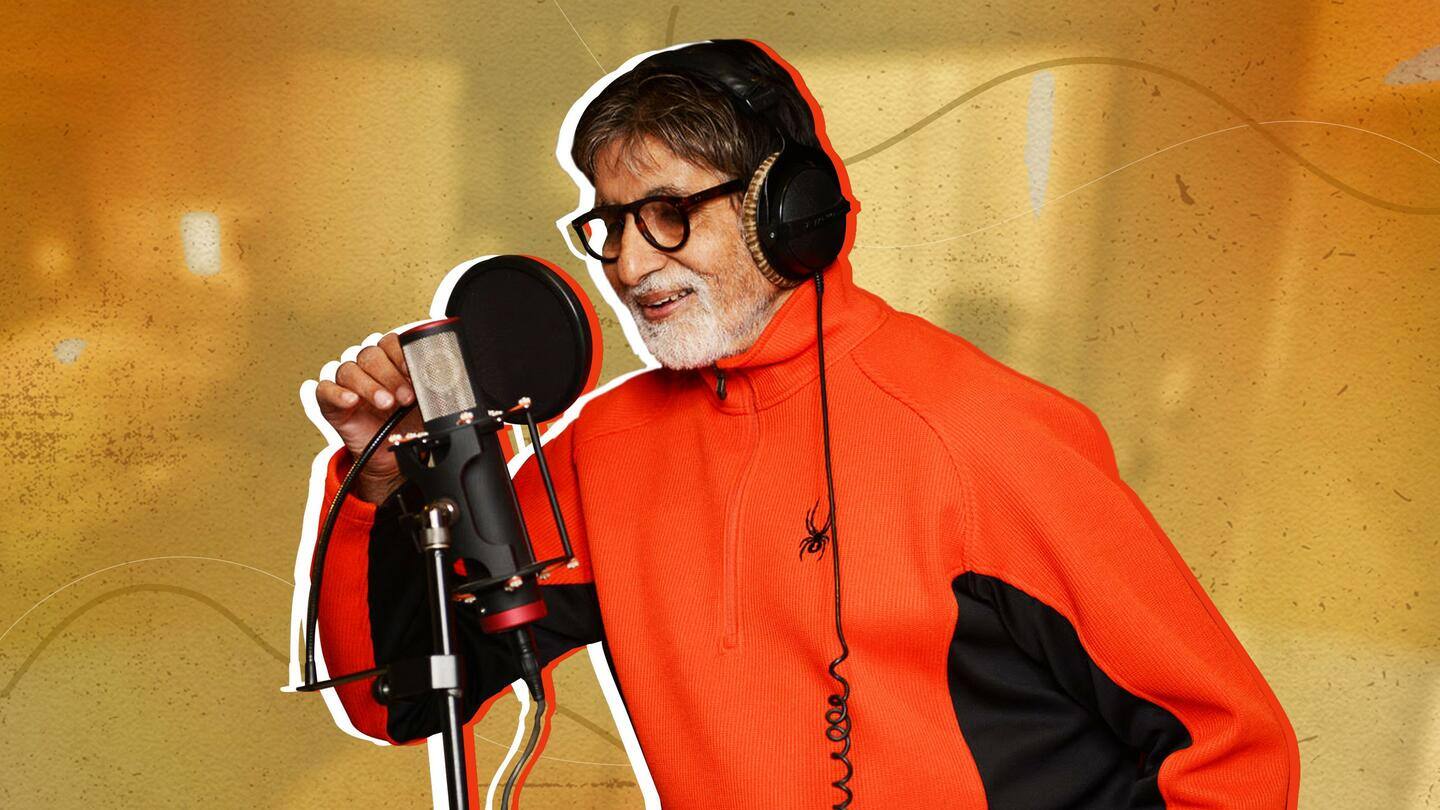
#NewsBytesExplainer: Understanding the prevalent cinematic technique of exposition in films
What's the story
Out of the several devices and techniques that films use worldwide, exposition is one of the most common, widely noticeable ones.
Exposition refers to the practice of starting a film with someone's voiceover (often, not always) and helping the reader understand the plot better and garner extra information.
The famous "Once upon a time"? A quintessential example of exposition.
Let's decode it.
Meaning
Let's understand the term a little better
Per Masterclass, "Exposition is a literary term that refers to the background information the audience needs to know for the world of your story to make sense. Exposition includes anything from character introductions to set details and dialogue, and is most common at the beginning of the story."
Sometimes characters from the film fill this purpose, other times, another artist lends his services.
Purpose
But, why is exposition important?
Exposition serves numerous purposes.
They can reveal the characters' motivations, reveal their inner thoughts and ambitions, break down the story, present an argument, act as a voice of reason, or provide information that is not shown in the film (events that take place in the past).
Sometimes, they are used to foreshadow (tell in advance) some integral events and happenings in the story.
Ways and means
What are the different ways in which exposition is executed?
While background narration is the most common and prevalent technique of voiceovers, it is not the only one.
It can also be carried out through dialogues between two or more characters, mise-en-scene (technically, a stage setting; the props in a particular scene that tell us more than what the characters know), text or title cards with straightforward information, or flashback/dream/memory sequences.
Hindi films
Amitabh Bachchan has lent his voice to numerous films
Amitabh Bachchan has the rare distinction of being associated with several films not just as an actor, but as a voiceover artist, thus helping profoundly in exposition.
Some prominent examples are Brahmastra: Part One Shiva, Mumbai Se Aaya Mera Dost, Parineeta, Begum Jaan, Bhuvan Shome, Lagaan, Jodhaa Akbar, Kahaani, and Radhe Shyam, among others.
His baritone really takes a film several notches higher!